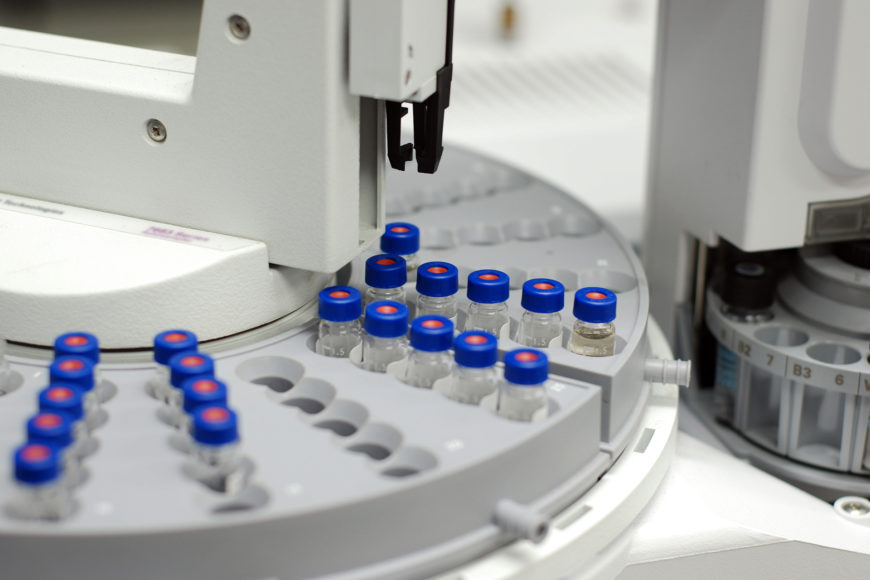
Zero air generators are increasingly popular in a range of settings, offering an efficient, compact means of safely removing hydrocarbons from the air.
Gas chromatography is a method of chemical analysis that is widely used and extremely sensitive. It is particularly used with volatile samples and those that are stable when heated. This article will explore the benefits of zero air generators over cylinders in gas chromatography.
Zero Air Generators in Gas Chromatography
Zero air generators purify the air by taking out hydrocarbons such as natural gas, ethane, propane from the air. Zero air generators use nitrogen combined with oxygen to take out the hydrocarbons.
Compressed air attaches to a zero air generator in a section called the catalyst chamber and compressed air moves through. Materials stay in the catalyst chamber that can change methane into carbon dioxide and water. This is important because methane is too small to catch and much be converted to produce zero air.
The most frequent use of zero air generators in gas chromatography is to offer oxidant gas for detection. Generally speaking, well-performing hydrocarbon detectors require the absence of residual hydrocarbon, which is why zero air generators must be used in sensitive and reproducible GC-FID analysis.
How Gas Chromatography Works
Gas chromatography separates blends of compounds using a column. The column is usually a hollow, long-coated glass tube with a thin internal diameter. The column is coated with a substrate (stationary phase) internally and the gas containing the sample mix (mobile phase) is passed through.
Because the molecules in the stationary and mobile phase interact differently, mixtures can separate based on physical and chemical properties. Different compounds move through the column and different rates, allowing them to be separated easily.
Why are Zero Air Generators so Beneficial?
Many gas chromatography detectors need a source of zero air. Often, this is supplied using a cylinder however it can also be supplied from a compressed air source that uses a Zero Air generator.
Zero air generators are a great alternative to cylinders as their use leads to long-term cost reduction. This is because there is a relatively high demand for instrument zero air. Additionally, there are lower risks involved with zero air generators as they are delivered, handled, and stored more easily and safely than high-pressure cylinders.
There is no issue of batch-to-batch reproducibility like there is in different cylinders and zero air generators will not run out during long or overnight analytical runs. Zero air generators are also low maintenance, requiring very little manual handling labor and thus proving more cost-effective in the long run.
Zero Air Generators are Safer, Cheaper, and More Efficient
Zero air generators are powerful, stand-alone units that do not require an external compressed air supply or expensive and dangerous gas cylinders.
The Zero Air Generator from Environics produces air with a dew point of -30°C and is suitable for a range of applications. As the above video shows, maintenance of this instrument is simple and affordable.

